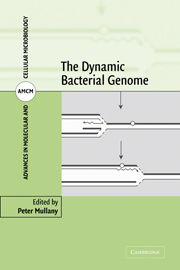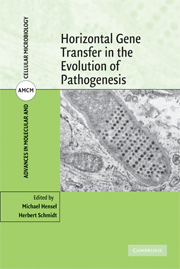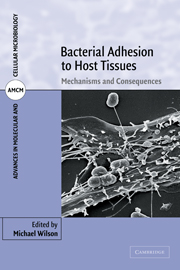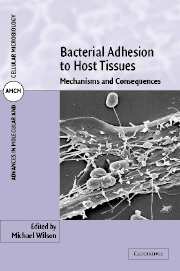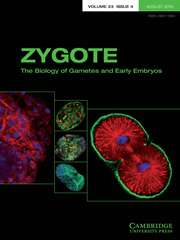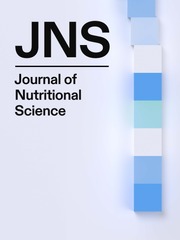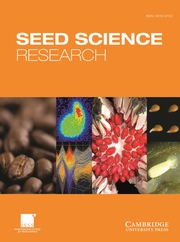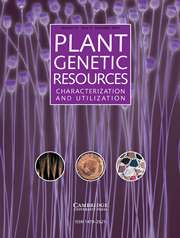The Dynamic Bacterial Genome
This book provides an in-depth analysis of the mechanisms and biological consequences of genome rearrangements in bacteria. Genome rearrangements are a result of the actions of discrete genetic elements such as conjugative transposons, plasmids, phage, and non-conjugative transposons. Bacteria also contain systems to mediate genetic rearrangements such as the general recombination pathway and specialized endogenous recombination mechanisms. The biological effects of these rearrangements are far-reaching and impact on bacterial virulence, antibiotic resistance and the ability of bacteria to avoid the attentions of the host immune system (e.g. antigenic variation). These rearrangements also provide the raw material on which natural selection can act. Each chapter examines the mechanisms involved in genome rearrangements and the direct biological consequences of these events. This book is written by leading research workers and is an invaluable resource for graduate students and researchers in this field.
- Overview of significant research written by leaders in the field
- Covers both the mechanisms of genome rearrangement and the consequences of these
- Outlines the mechanisms involved in key phenomena in bacteria such as the spread of antibiotic resistance and bacterial virulence
Reviews & endorsements
Review of the hardback: 'The book is well structured, thorough and thoughtful, and a rich source of information about the amazing dynamics of bacterial genomes.' Microbiology Today
Product details
December 2007Adobe eBook Reader
9780511343292
0 pages
0kg
This ISBN is for an eBook version which is distributed on our behalf by a third party.
Table of Contents
- Part I. Basic Mechanisms of Genome Rearrangement in Bacteria:
- 1. Mechanisms of homologous recombination in bacteria Marie-Agnès Petit
- 2. Introduction to site-specific recombination Makkuni Jayaram and Ian Grainge
- 3. Site-specific recombination by the serine recombinases Sally J. Rowland and W. Marshall Stark
- 4. Mobile introns and retroelements in bacteria Steve Zimmerly
- Part II. Horizontal Gene Transfer and Genome Plasticity:
- 5. The F-Plasmid, a paradigm for bacterial conjugation Michael J. Gubbins, William R. Will and Laura S. Frost
- 6. Molecular aspects of movement of conjugative transposons Adam P. Roberts and Peter Mullany
- 7. Competence for genetic transformation Irena Draskovic and David Dubnau
- Part III. Biological Consequences of the Mobile Genome:
- 8. Phase variation and antigenic variation Richard Villemur and Eric Déziel
- 9. Pathogenicity islands Bianca Hochhut and Jörg Hacker
- 10. Biological consequences for bacteria of homologous recombination Diarmaid Hughes and Tobias Norström
- 11. Horizontal gene transfer and bacterial genomic legacies James R. Brown.

